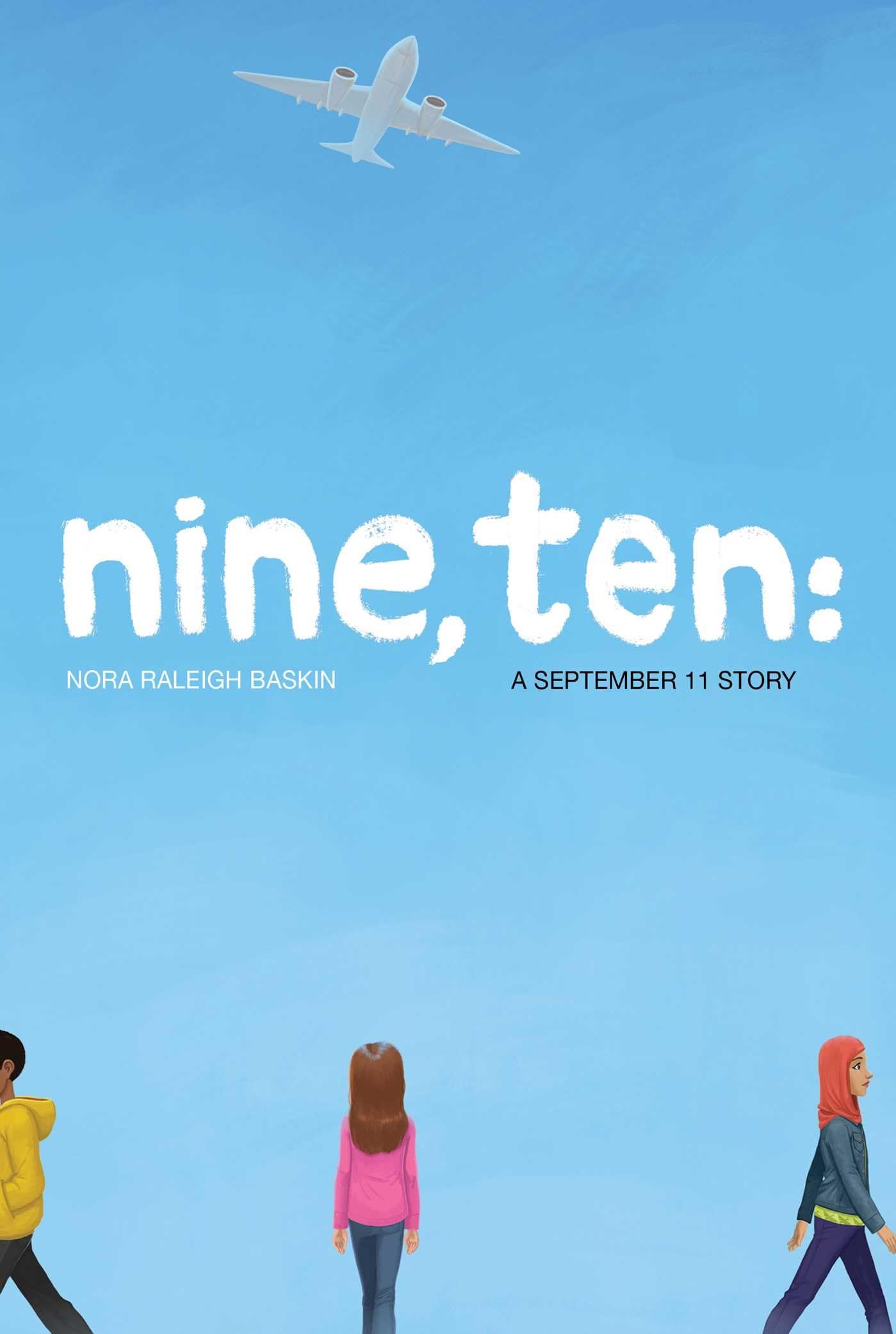How do you find hope when the world changes in a single day?
Nora Raleigh Baskin’s “Nine, Ten: A September 11 Story” offers a nuanced, age-appropriate lens into the days leading up to September 11, 2001, weaving together the lives of four middle schoolers from diverse backgrounds. Aimed at readers aged 10–14, this historical fiction novel doesn’t center on the attacks themselves but on the quiet, ordinary moments that connect us. Sergio, a New Yorker grappling with his father’s absence; Will, a California boy mourning his mother; Naheed, a Muslim girl in Ohio navigating microaggressions about her hijab; and Aimee, a Chicago transplant struggling with her parents’ divorce: each character’s story unfolds separately until the tragedy gently intertwines their narratives. Baskin avoids sensationalism, focusing instead on the humanity that persists before and after catastrophe.
What makes this book stand out for classrooms is how it balances gravity with accessibility. The prose leans into short, direct sentences (“She wanted to blend in. She didn’t”) that let students absorb complex emotions without tripping over dense text. While there are no illustrations, the specificity of each character’s voice, like Sergio’s frustration with his math teacher or Naheed’s careful explanations of her faith, creates vivid mental imagery. Baskin contextualizes period-specific references (e.g., dial-up internet, airport security pre-9/11) through casual dialogue, avoiding heavy exposition. The ALA Schneider Family Award winner’s restrained approach to idioms (“life goes on,” “holding it together”) mirrors how kids actually speak, making it easier for language learners to infer meaning. Teachers can leverage the multiple perspectives to spark discussions about empathy and community—how do small acts of kindness, like Aimee’s friend sharing a granola bar, ripple into larger connections? For reluctant readers, the brisk pacing and alternating viewpoints keep engagement high. “Nine, Ten” isn’t just a history lesson; it’s a bridge to conversations about resilience, making it a thoughtful addition to libraries aiming to foster both literacy and emotional intelligence.

